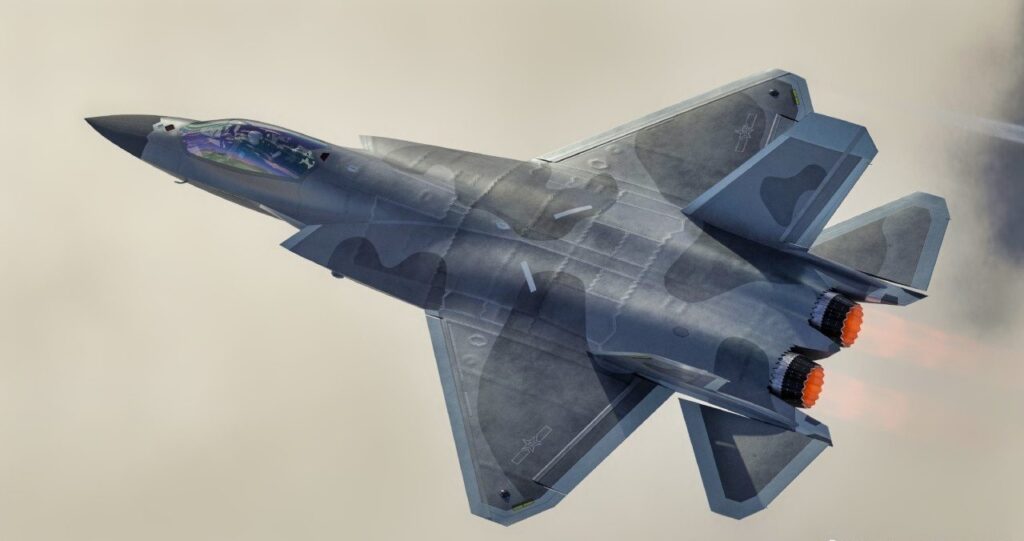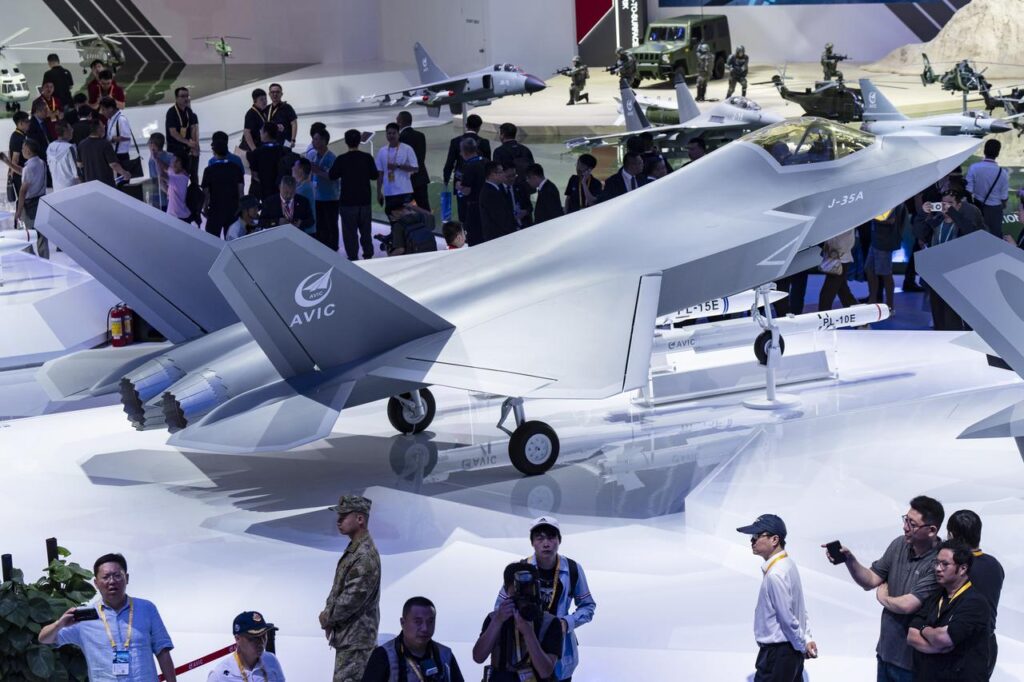Now Reading: Pakistan Confirms Purchase of J-35 Stealth Fighter Jets – Boost for Chinese Defense Sector
-
01
Pakistan Confirms Purchase of J-35 Stealth Fighter Jets – Boost for Chinese Defense Sector
Pakistan Confirms Purchase of J-35 Stealth Fighter Jets – Boost for Chinese Defense Sector

Pakistan has officially confirmed its decision to acquire the cutting-edge J-35 stealth fighter jets from China, a move that has stirred major shifts in regional defense dynamics and sent Chinese defense stocks soaring. The announcement marks a significant milestone, both for Pakistan’s military capabilities and for China’s expanding role in the global defense market.

The deal, which includes 40 J-35 fifth-generation fighter jets, is part of a broader defense package that also features the KJ-500 airborne early warning and control aircraft and the HQ-19 ballistic missile defense system. This multifaceted procurement is set to drastically enhance Pakistan’s aerial and missile defense capabilities, reaffirming its strategic military alliance with China.
Following the announcement, Chinese defense companies experienced an immediate surge in their stock values. The AVIC Shenyang Aircraft Company, responsible for manufacturing the J-35, hit the daily trading limit with a 10% increase on the Shanghai Stock Exchange. Similarly, Aerospace Nanhu Electronic Information Technology Co., a key player in the sector, saw its stock rise by as much as 15%. This surge reflects investor confidence in China’s growing defense export potential, particularly after breaking into the elite fifth-generation fighter jet market.

The J-35 stealth fighter jets are among the most advanced in the world, featuring low radar visibility, high maneuverability, and state-of-the-art avionics. These jets are expected to significantly strengthen Pakistan’s air force, especially in a region with high geopolitical tensions. Notably, Pakistan has already credited the Chinese J-10C jets with downing six Indian fighter aircraft, including the much-hyped French-made Rafales. While India has confirmed losses, it has downplayed the significance of the foreign weapon systems involved.

Beyond the stealth jets, the inclusion of the KJ-500 aircraft represents a crucial enhancement to Pakistan’s surveillance and early warning systems. With 360-degree radar coverage and real-time command capabilities, the KJ-500 will offer a strategic advantage in airspace monitoring and battlefield coordination.
The HQ-19 ballistic missile defense system, modeled with capabilities comparable to the U.S. THAAD, further solidifies Pakistan’s ability to deter and respond to missile threats. The HQ-19 is designed to intercept incoming ballistic threats at mid-course, providing a much-needed shield in the current high-stakes defense environment.
This latest development underscores the deepening military and technological collaboration between Pakistan and China. It also serves as a signal to regional rivals and global powers alike that Pakistan is rapidly modernizing its defense infrastructure, relying on China’s growing technological sophistication and export prowess.
In essence, the acquisition of the J-35 stealth fighter jets not only upgrades Pakistan’s military arsenal but also marks China’s official entry into the fifth-generation fighter export market—a domain long dominated by the United States and Russia. This shift is poised to reshape military alliances, influence defense procurement trends, and redefine power balances in South Asia and beyond.
Stay tuned for more exclusive updates on global defense developments and Pakistan’s evolving military strategies, only at Bridesandyou.com.













